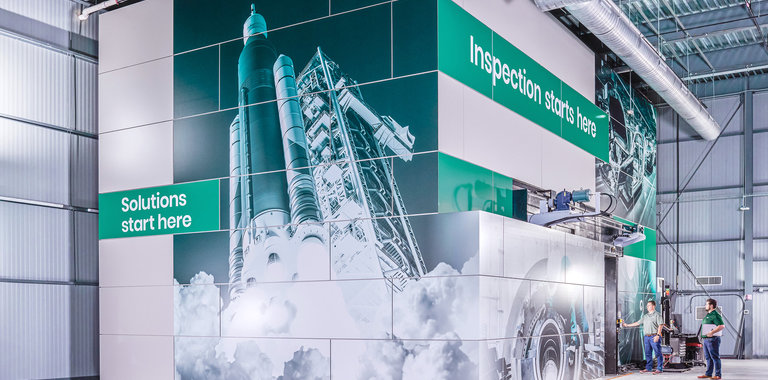
CT Operation Principles: Scan, Reconstruction, & Evaluation
In this article:
- CT scanning begins with 2D X-ray projections, captured as the object rotates step-by-step in the X-ray beam, forming the foundational data for 3D reconstruction.
- Reconstruction algorithms use backprojection techniques and correction methods (e.g., for beam hardening and scatter artifacts) to generate accurate volumetric models.
- Each voxel in the 3D volume represents a specific X-ray absorption value, enabling detailed internal visualization of materials and structures.
- CT evaluation tools allow for virtual slicing, defect detection, material segmentation, and precise dimensional analysis, supporting advanced quality control.
- Waygate Technologies' CT systems enhance industrial inspection by enabling high-resolution, non-destructive analysis across sectors like aerospace, automotive, and battery manufacturing.
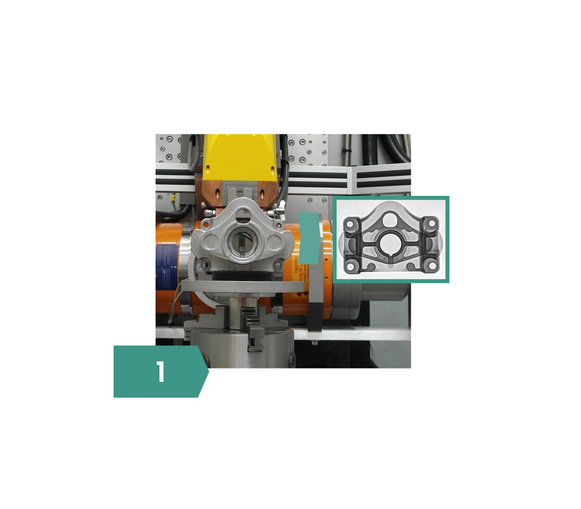
For the CT scan, the sample (here: aluminum casting) is placed on the rotation table (left). While rotating the sample step by step in the X-ray beam, several hundreds of 2D X-ray images (right) are recorded.
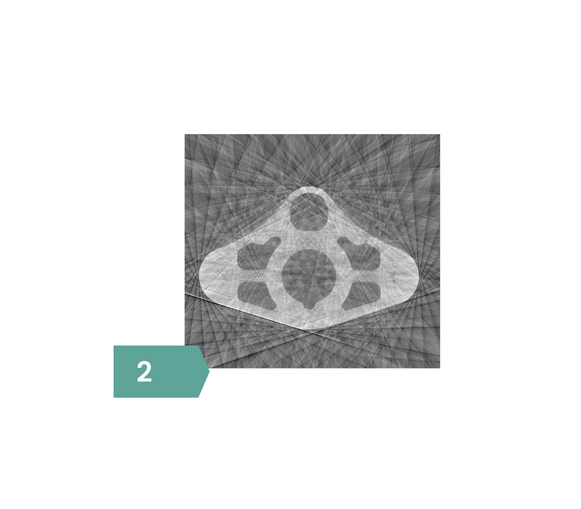
For each 2D projection a backprojection is performed and the crosssection image develops with the number of contributing projections increases. Also advanced correction techniques e.g. agains beam hardening and scatter artifacts are being applied.
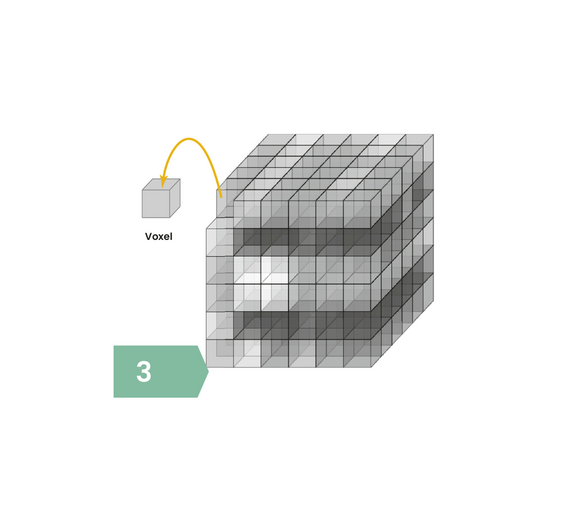
After processing the total volume is reconstructed. This model of a volume data set has 6x6x6 voxels. Each voxel is associated with a grey value depending on its specific X-ray absorption.
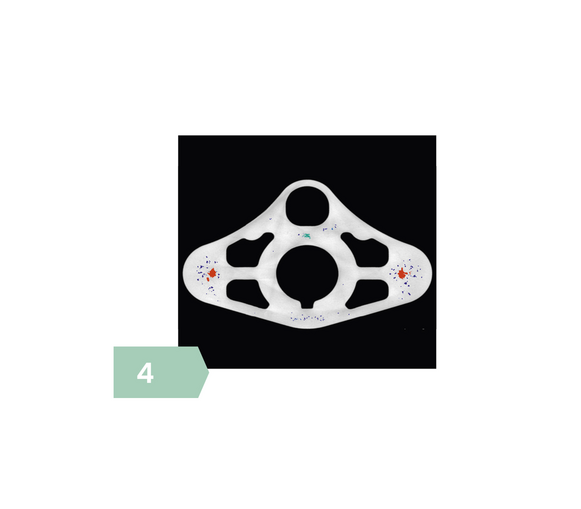
The inspection precision and reliability depends on the quality of all acquisition, correction and reconstruction steps. The resulting CT volume can be virtually sliced in any direction. Different materials can be segmented, defects detected, internal geometries measured and nom./act. comparisons executed.
The potential hidden in battery production that drive this industry
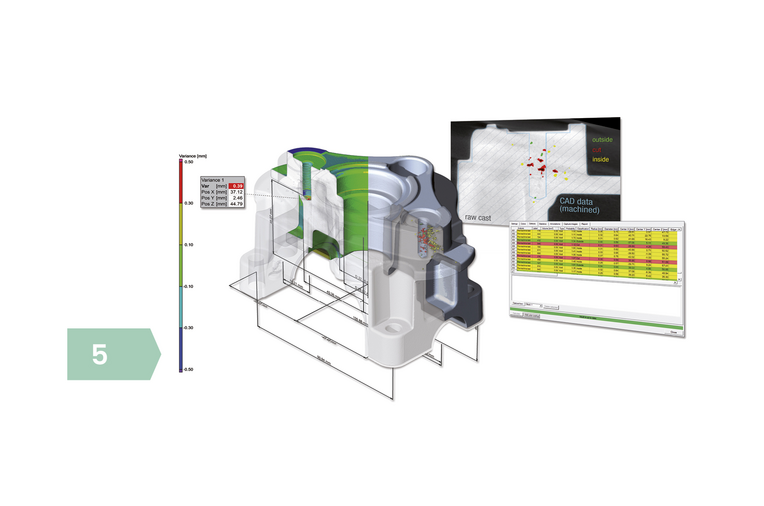
Example: Comparison coordinate measurement tasks, porosity/defect analysis, prec-machining test and statistical evaluation performed on the volumetric data of an aluminum casting.
